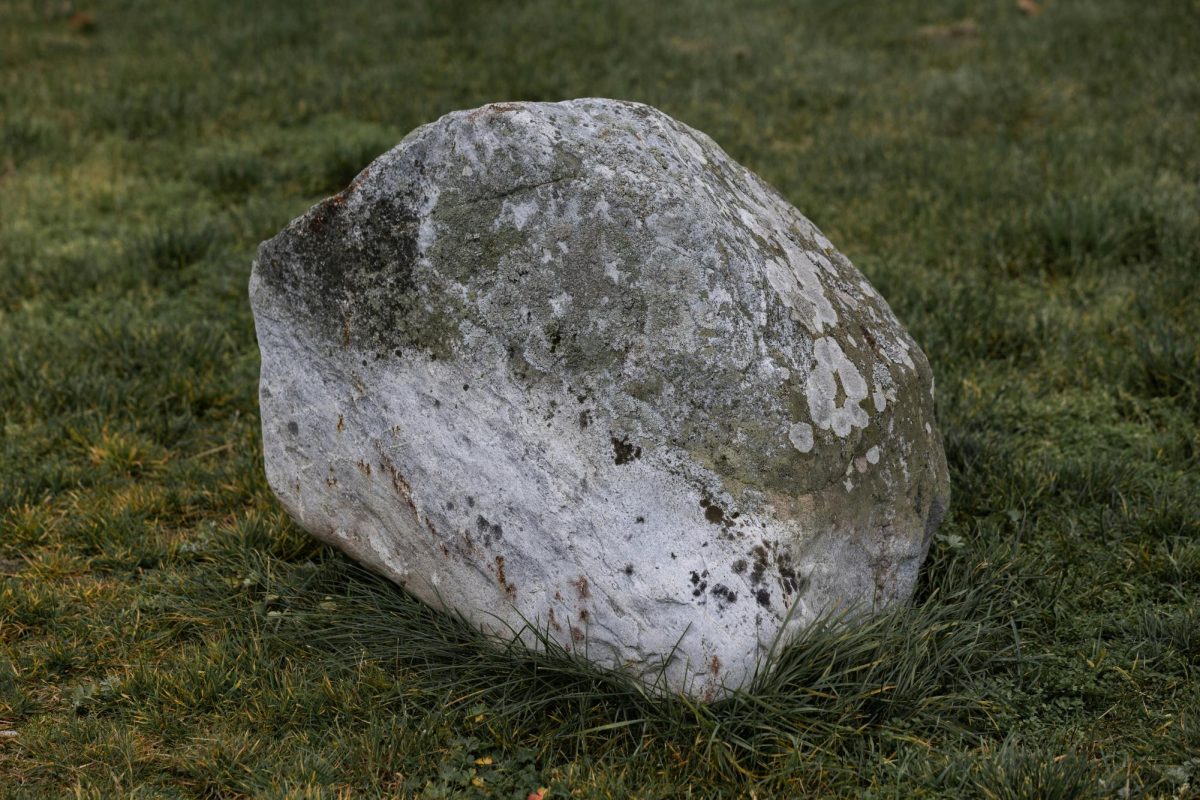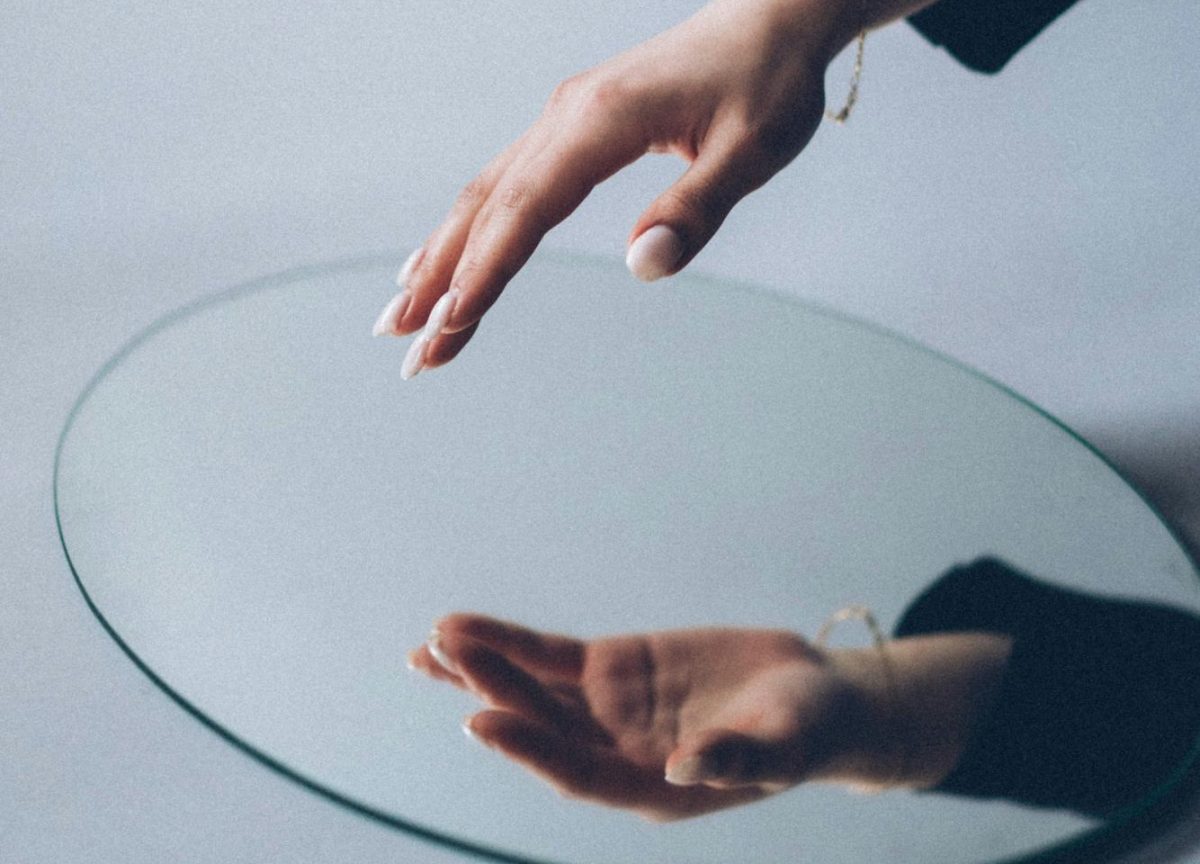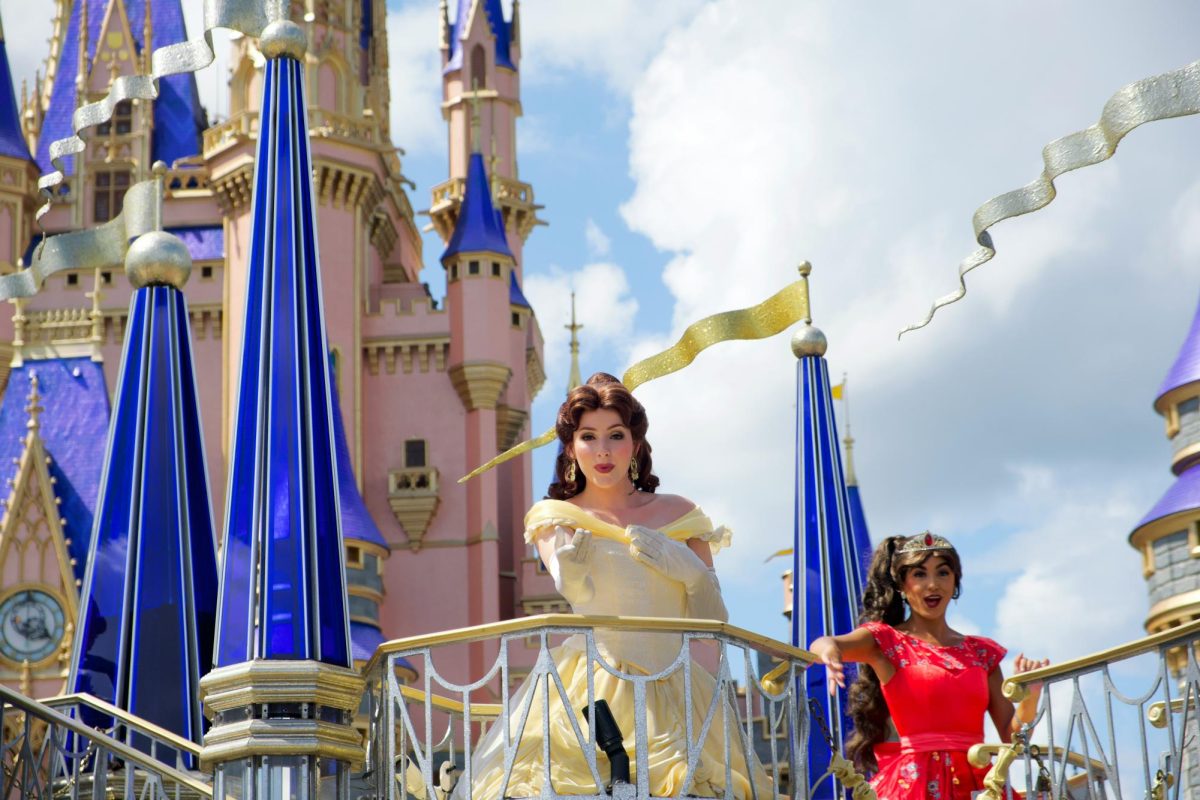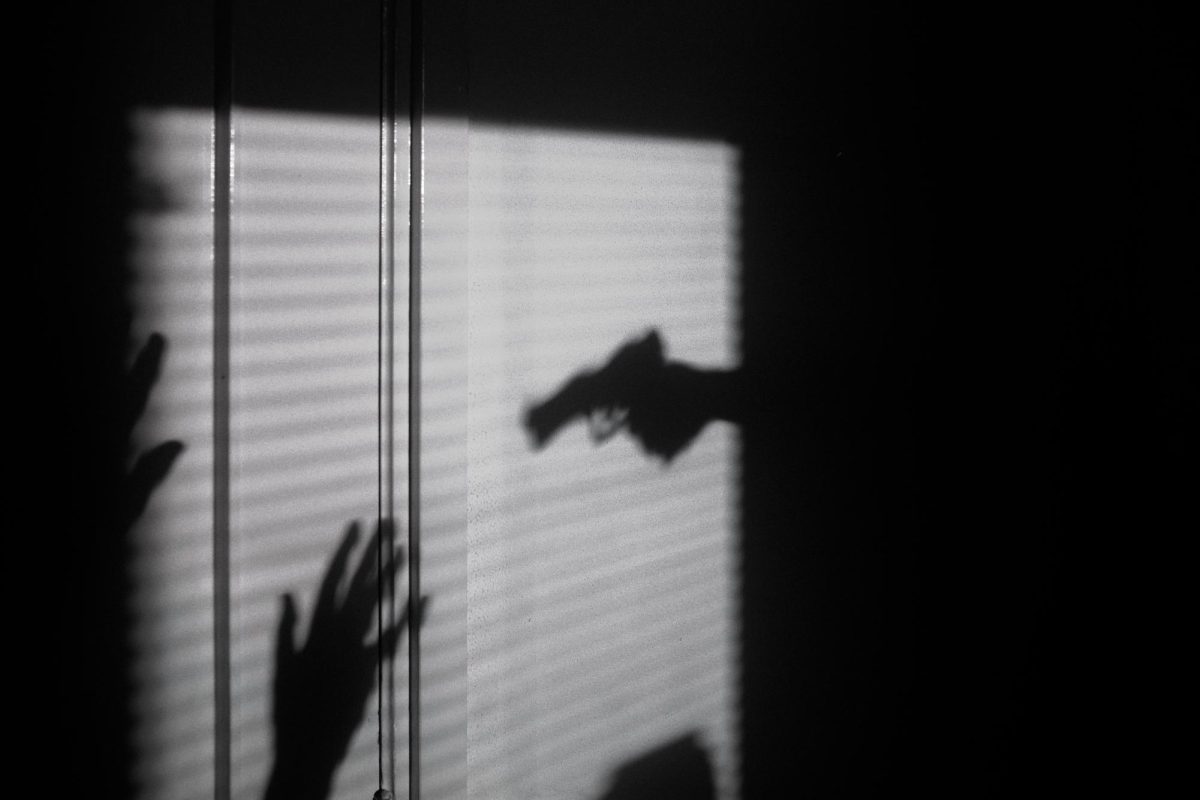Short skirts, lipgloss, lots of pink, and the treacherous world of high school. Escaping the stereotype of a “teen flick” since its release in 2004, “Mean Girls” has established itself as a cult classic. Remaining relevant even two decades later, the essence of Tina Fey’s comedy has been re-used countless times, sprinkled into musicals, commercials, and movies, such as one that recently aired in cinemas. And for good reason: behind the sparkly facade of catfights, high school stereotypes, and the signature teen girl “ditziness”, hides an extensive commentary on society’s relationship with femininity. If you haven’t seen it already, here is the “Mean Girls” plot in short: Cady Heron, previously homeschooled, joins a real High School for the first time. Here, she mistakenly falls for the ex-boyfriend of the school’s queen bee and gets involved in a plot to take down the “Plastics”, a clique of the three most popular (and meanest) girls at Northshore High.
Regina George is the queen of North Shore High. She is the leader of the Plastics. She is filthy rich, her outfits are meticulously coordinated at all times, and she always wins Spring Fling Queen every year. Regina is, in her glamour and beauty, compared to a Barbie doll. Although, unlike Barbie, who has multiple very successful careers, she is motivated only in efforts to keep her body perfect, her skin clear and, most importantly, the entire school wrapped around her finger, no matter what it takes. North Shore High neglects this fact — for her peers, Regina remains an unattainable form of perfection. However, looking past the hot pink and glittery shimmer, the viewer notices quite quickly: she is mean. It seems her jewellery only reflects her shallow and over-dramatic personality. She treats her classmates as pawns in her game, disregarding any collateral damage while going through with her plans of school domination. Regina reminds us of a simple equation, shoved down our throats time after time by Hollywood and the entertainment industry: Pink = Bad. Similarly to Regina’s case, hyperfemininity is demonized in most movies it appears in. Girls wearing pink are almost always portrayed as part of one of two categories: they are either an airhead or a bully. Regina and the Plastics fit both. While there is no clear implication that femininity is the root of their downfall, it is not a long shot to believe this is the intention of filmmakers.
Janis Ian is on the opposite side of the girlhood spectrum. She is the typical “Cool girl”, wearing mostly black, and not caring for “traditionally feminine” topics. Convincing Cady to infiltrate the “Plastics”, Janis can fulfil her personal vendetta and manipulate mean girl Regina. At first glance, it seems she is painted out to be on the right side of things – exemplified as she is the only one who does not change by the end of the movie, while all other girls join new cliques or develop a new personal style. Like us viewers, Janis looks down on the Plastics and their antics, and I would dare say their femininity as well. Janis is the “nice girl” we identify with. Because they are antagonists in the movie, this lets us know that the “Mean Girl”, as referred to in the title, is Regina George.
Or is she? In my opinion, not necessarily.
Janis, just like Regina, used her friends to gain power. In her case, she used Cady to get power over Regina. Janis, just like Regina, is harsh to the people around her. Janis, just like Regina, is not a “nice girl”. But Janis, just like Regina, is a 16-year-old teen girl trying to get through life as a teenage girl, in search of her identity. Despite all these similarities, it seems we viewers overlook her as a Mean Girl candidate. Is this because she does not conform to society’s view of the (hyper)femininity Regina expresses, and thus does not inherit the negative traits often attached to wearing pink and glittery skirts? This type of dynamic is established by filmmakers time and time again. In my opinion, there is no such thing as a “Mean Girl”.







